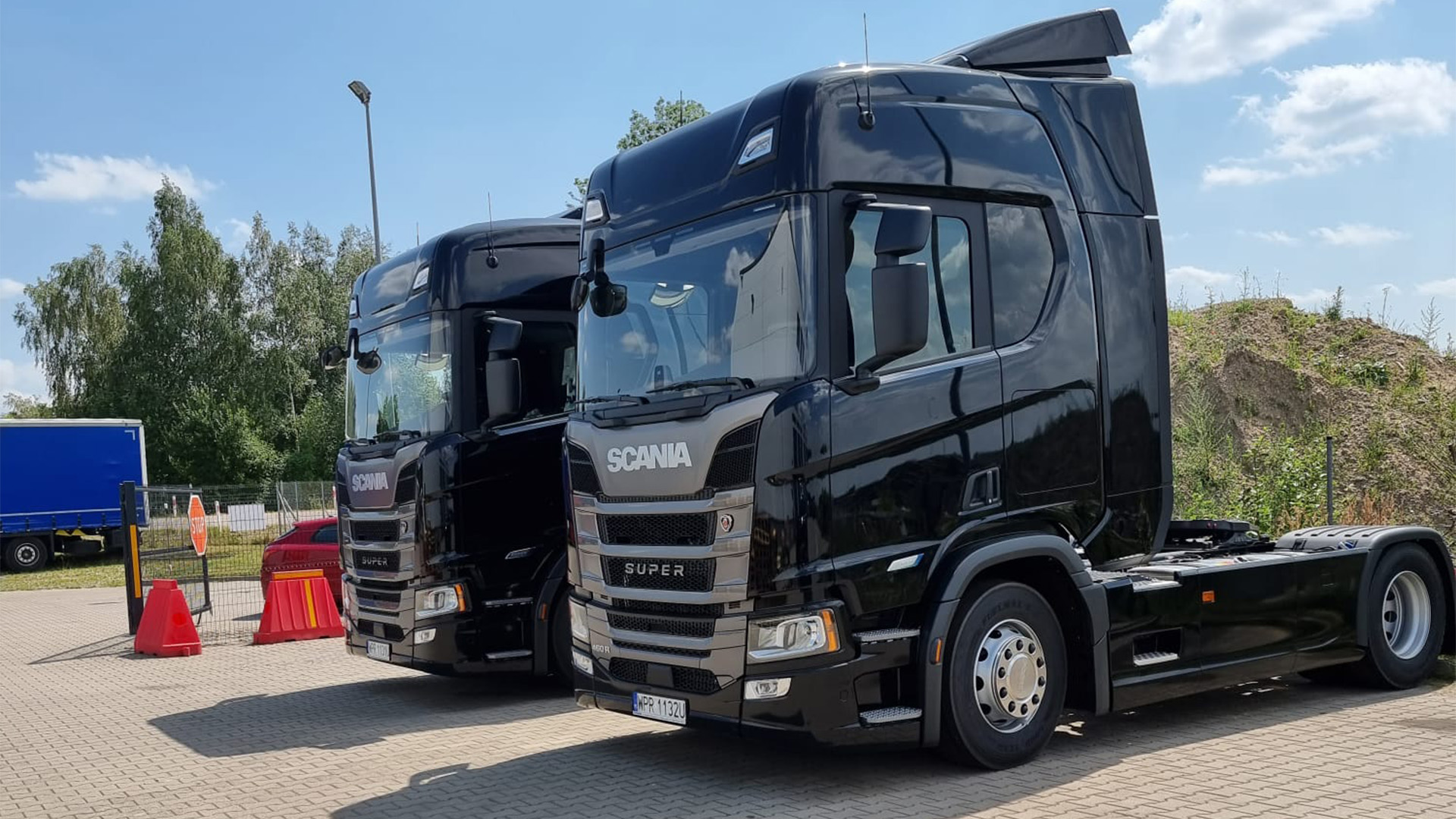
Susie Jones
Ефективність на дорозі: як Delintra SP. Z.O.O. оптимізують свій автопарк за допомогою SNAP
Створено: 16.08.2024
•
Оновлено: 16.08.2024
Маючи в своєму автопарку 45 транспортних засобів, Delintra SP. Z.O.O. складається виключно з вантажних автомобілів, які надають послуги вантажних перевезень по всій Європі. Ми поспілкувалися з генеральним менеджером автопарку Рафалом Кашубою, щоб дізнатися більше про його досвід після підписання угоди з SNAP.
Приєднання та використання SNAP
"У нас не було жодних сумнівів щодо приєднання до SNAP", - пояснює він. Рафал пояснює, що їхній автопарк регулярно їздить Європою, і це одна з причин, чому вони вирішили приєднатися:
"Однією з причин, чому ми приєдналися до SNAP, була величезна кількість автопарків та автобаз, які приймають оплату за допомогою SNAP".
Маючи понад 600 партнерів у мережі, пошук парковок для своїх водіїв перетворився із складної задачі на безпроблемну.
Підтримка та обслуговування клієнтів від SNAP
Надання автопаркам і водіям підтримки, необхідної для ефективної роботи, - це те, чим SNAP пишається. Наші багатомовні менеджери по роботі з клієнтами можуть допомогти автопаркам і водіям у вирішенні питань. Це те, що Рафал і команда Delintra вважають корисним.
"Я був дуже задоволений підтримкою та легкістю отримання допомоги від SNAP. Навіть моєю рідною мовою", - пояснює Рафал.

Добробут водіїв та безпечні стоянки для вантажівок
Добробут водіїв є гарячою темою для обговорення в галузі вантажних перевезень, і стандарт зупинок для вантажівок відіграє важливу роль у цьому питанні. Місця з різноманітними доглянутими зручностями можуть значно покращити добробут водіїв.
Рафал вважає, що вплив можуть мати не лише об'єкти інфраструктури:
"Найголовніше - це відчуття безпеки. Якщо водієві комфортно робити перерву і він не турбується про свій вантаж і паливо, то комфорт роботи зростає", - стверджує він.
За допомогою SNAP можна легко переконатися, що їхні водії паркуються на майданчиках із заходами безпеки. Рафал пояснює, що корисно знайти "сайт зі списку SNAP, подивитися на його опис і рівень безпеки".
Сторінка [SNAP map] (https://snapacc.com/map/) надає операторам автопарків та водіям всю необхідну інформацію про кожен об'єкт перед бронюванням. Для водіїв, які перебувають у дорозі, додаток intruck надає каталог найближчих стоянок з переліком зручностей, включно з функціями безпеки.
Переваги використання SNAP
Рафал стверджує, що простота і гнучкість використання SNAP, окрім широкої доступної мережі, принесла їхнім водіям значну користь.
"Для нашого автопарку легко знайти місце для паркування, а оплата є гнучкою. Наші водії отримують вигоду від того, що можуть зарезервувати місце для паркування, а це означає, що їм не потрібно турбуватися про те, що вони його не знайдуть".
На запитання, що він порадить флотам, які планують приєднатися до SNAP?
"Не вагайтеся, просто приєднуйтесь до сім'ї SNAP".
Зареєструйте свій автопарк на SNAP вже сьогодні
SNAP використовується кожні 13 секунд на всьому континенті. Приєднуйтесь до більш ніж 8 000 автопарків, використовуючи [Обліковий запис SNAP] (https://snapacc.com/fleet-operators/).



